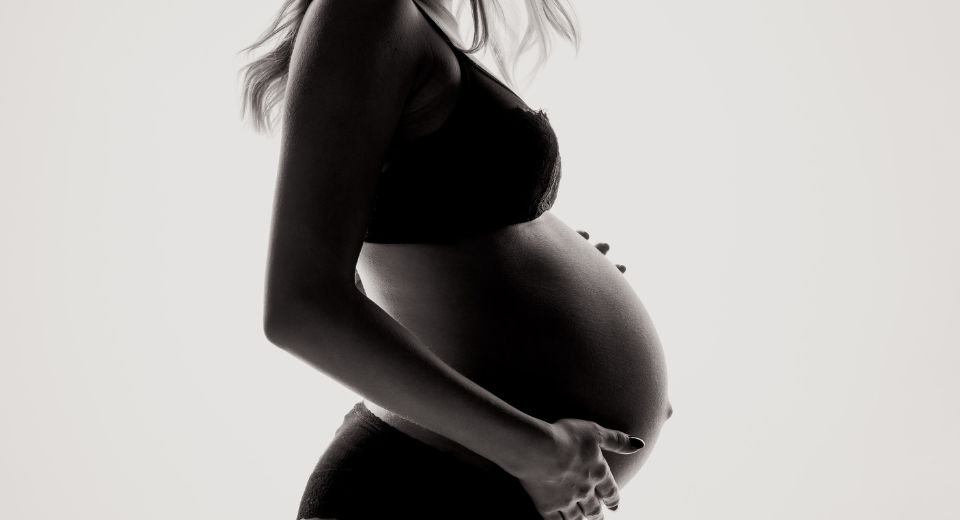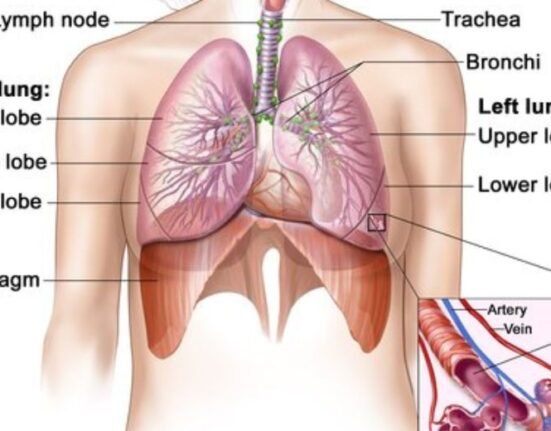HQ Team
February 23, 2023: Maternal deaths have risen or stagnated globally over recent years, and every two minutes, a woman dies during pregnancy or childbirth, according to the WHO.
Pregnancy should be a positive experience for all women, but “it is tragically still a shockingly dangerous experience for millions around the world who lack access to high quality, respectful health care,” said Dr Tedros Adhanom Ghebreyesus, Director-General of the World Health Organization.
According to the WHO’s Trends in maternal mortality report, which tracks maternal deaths nationally, regionally and globally from 2000 to 2020, there were an estimated 287,000 maternal deaths worldwide in 2020.
The deaths mark a slight decrease from 309 000 in 2016 when the UN’s Sustainable Development Goals (SDGs) were enacted.
Maternal death is a death due to complications related to pregnancy or childbirth, occurring when a woman is pregnant or within six weeks of the end of the pregnancy.
Gains stalled
While there was significant progress in reducing maternal deaths between 2000 and 2015, gains essentially stalled, or in some cases even reversed, after this point.
In two of the eight UN regions – Europe and Northern America, and Latin America and the Caribbean – the maternal mortality rate increased from 2016 to 2020 by 17% and 15%, respectively. Elsewhere, the rate stagnated.
However, two regions – Australia and New Zealand, and Central and Southern Asia – experienced significant declines, by 35% and 16%, respectively, in their maternal mortality rates during the same period, as did 31 countries worldwide.
“For millions of families, the miracle of childbirth is marred by the tragedy of maternal deaths,” said UNICEF Executive Director Catherine Russell.
“No mother should have to fear for her life while bringing a baby into the world, especially when the knowledge and tools to treat common complications exist. Equity in healthcare gives every mother, no matter who they are or where they are, a fair chance at a safe delivery and a healthy future with their family.”
In totality, maternal deaths remain concentrated mainly in the poorest parts of the world and countries affected by conflict.
Sub-Saharan Africa
In 2020, about 70% of all maternal deaths were in sub-Saharan Africa. In nine countries facing severe humanitarian crises, maternal mortality rates were more than double the world average — 551 maternal deaths per 100 000 live births, compared to 223 globally.
“These new statistics reveal the urgent need to ensure every woman and girl has access to critical health services before, during and after childbirth, and that they can fully exercise their reproductive rights,” WHO Director-General, Terdos said.
Severe bleeding, high blood pressure, pregnancy-related infections, complications from unsafe abortion, and underlying conditions that can be aggravated by pregnancy — such as HIV/AIDS and malaria — are the leading causes of maternal deaths.
These are all preventable and treatable with access to high-quality and respectful healthcare.
According to the report, community-centred primary health care can meet the needs of women, children and adolescents and enable equitable access to critical services.
The services include assisted births and pre-and postnatal care, childhood vaccinations, nutrition and family planning.
Lack of trained healthcare workers
However, underfunding primary healthcare systems, a lack of trained healthcare workers, and weak supply chains for medical products threaten progress.
Roughly a third of women do not have even four of the recommended eight antenatal checks or receive essential postnatal care. In contrast, some 270 million women lack access to modern family planning methods.
Exercising control over their reproductive health – particularly decisions about if and when to have children – is critical to ensure that women can plan and space childbearing and protect their health.
“It is unacceptable that so many women continue to die needlessly in pregnancy and childbirth. Over 280,000 fatalities in a single year is unconscionable,” said UNFPA Executive Director Dr Natalia Kanem.
“We can and must do better by urgently investing in family planning and filling the global shortage of 900,000 midwives so that every woman can get the lifesaving care she needs. What we need now is the political will.”
COVID-19 pandemic data
The COVID-19 pandemic may have further held back progress on maternal health, for which more data is needed.
“Reducing maternal mortality remains one of the most pressing global health challenges,” said John Wilmoth, Director of the Population Division of the Department of Economic and Social Affairs.
The global maternal mortality rate in 2020 was 223 maternal deaths per 100,000 live births, down from 227 in 2015 and 339 in 2000.
During the Millennium Development Goal era from 2000 to 2015, the global annual reduction rate was 2.7%, but this fell to negligible levels during the first five years of the Sustainable Development Goals era from 2016 to 2020.
The report stated that the world must significantly accelerate progress to meet global targets for reducing maternal deaths or risk the lives of over one million more women by 2030.








